A large percentage of people with cancer use some form of “complementary medicine,” which I define as a treatment, practice, or product that is used in conjunction with conventional cancer treatment. Most patients who use Complementary Medicine find that it appeals to their values and beliefs about health and life. This article highlights just a few of the available Complementary Medicine treatments that have been scientifically proven to be beneficial.
Acupuncture — There have been several positive studies on the effect of acupuncture in treating hot flashes associated with hormonal treatment of cancer. It has also been shown to decrease the side effects of radiation treatment in some cancers and of chemotherapy induced nausea and vomiting. Trials for treatment of cancer pain have had variable results.[sup]1[/sup]
Mind-body techniques — These include biofeedback, yoga, pilates and tai chi. Others are hypnosis, guided imagery, meditation and spirituality. All may be useful before or during painful or stress-inducing medical procedures, chemotherapy or radiation treatment.
Hypnotherapy — Hypnosis is a state of altered consciousness that allows you to focus away from your pain, anxiety or nausea. One study which examined the benefit of hypnosis before surgery for breast cancer found that women who had a 15 minute hypnosis session before surgery had less pain, nausea and fatigue after surgery, and required significantly less time in the operating room compared to women who were not hypnotized.[sup]2[/sup]
Visual or guided imagery — Visual or guided imagery is a technique that encourages the patient to relax by focusing on calming thoughts or experiences. In one randomized trial, women receiving chemotherapy for newly diagnosed breast cancer had a better quality of life if they used relaxation training and guided imagery.[sup]3[/sup]
Spirituality — Researchers found that spirituality, when combined with traditional medicine, was an important component in the healing process and was of benefit not only to the patient but also to caregivers and health care professionals.[sup]4[/sup]
Body-based therapies — Body-based therapies use movement or manipulation of one or more parts of the body.
Massage therapy — A study was done in 1,290 cancer patients who received massage therapy at Memorial Sloan-Kettering Cancer Center. It found that pain, anxiety, fatigue and nausea decreased by 50 percent in patients who received massage. Some patients reported benefits lasting up to 48 hours.[sup]5,6[/sup]
Energy therapies — Energy therapies involve using the body’s energy fields to heal and maintain wellness. Reiki is a form of energy medicine and has been evaluated in several clinical trials for treatment of anxiety and improvement of well being in cancer patients. Some, but not all, trials showed positive results.[sup]7[/sup]
As noted above, the role of Complementary Medicine in palliative and supportive cancer care is promising. The common denominator with these therapies may turn out to be the promotion of relaxation. Proponents have repeatedly argued that it would be inhumane not to provide such treatments if patients want them. Oncologists should certainly not hinder patients from seeking such help, especially if there is medical research supporting their effectiveness.
Dr. Thomas Reynolds is a board-certified internist and oncologist. His practice focuses on integrative and palliative care. Dr. Reynolds can be reached at 760.773.3200





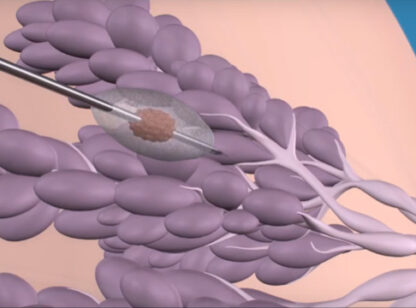

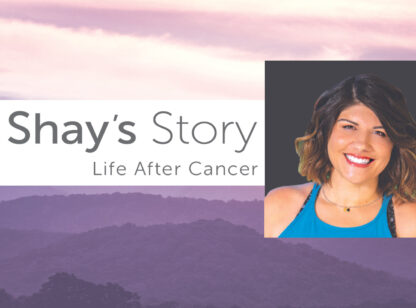







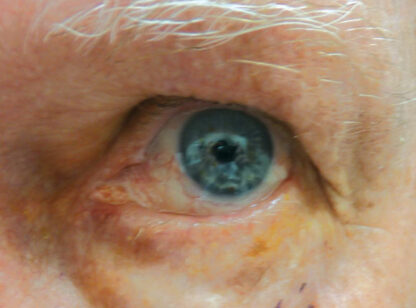
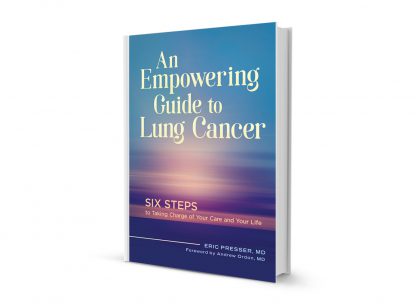
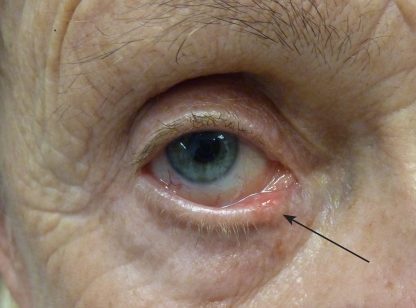





























Comments (0)